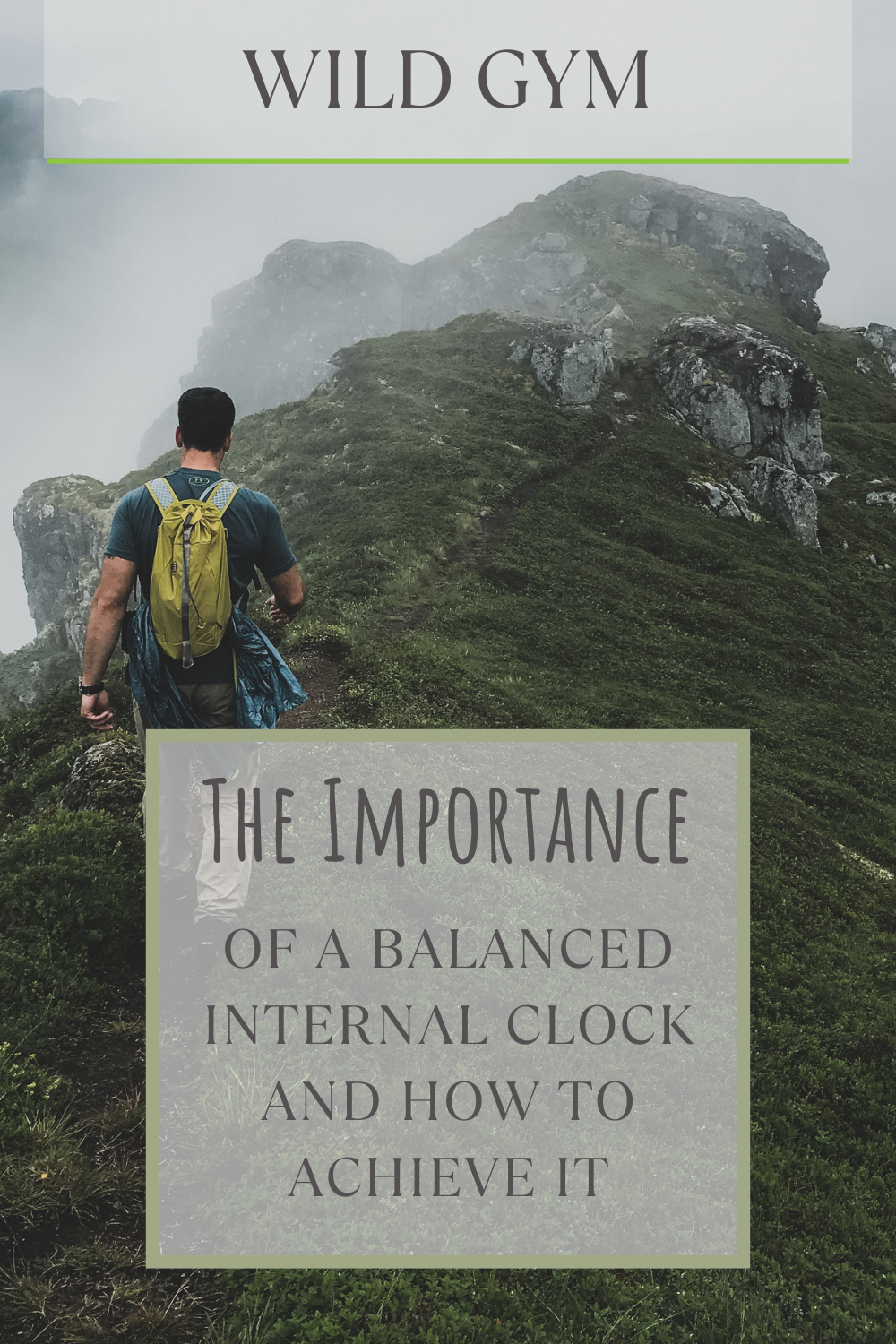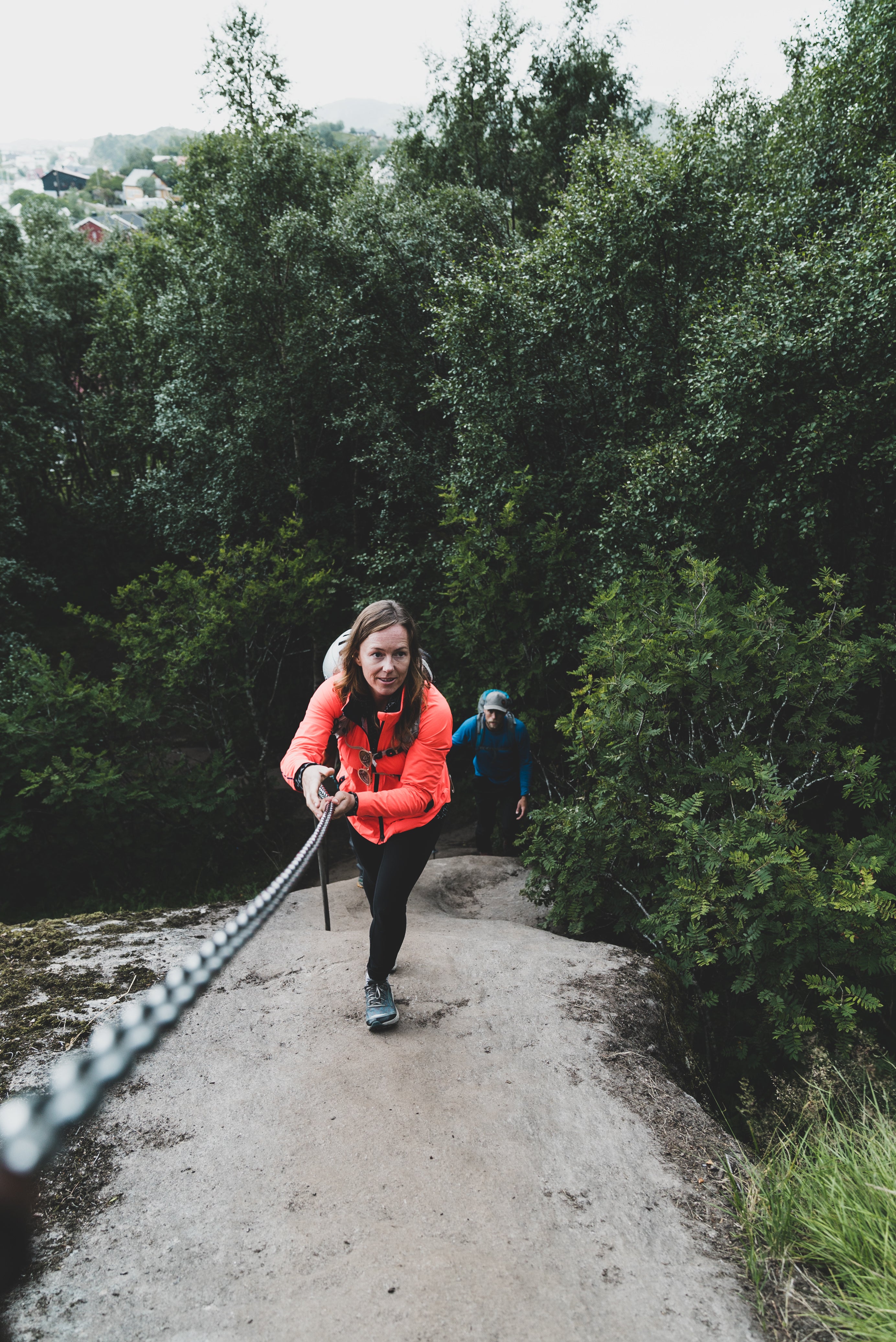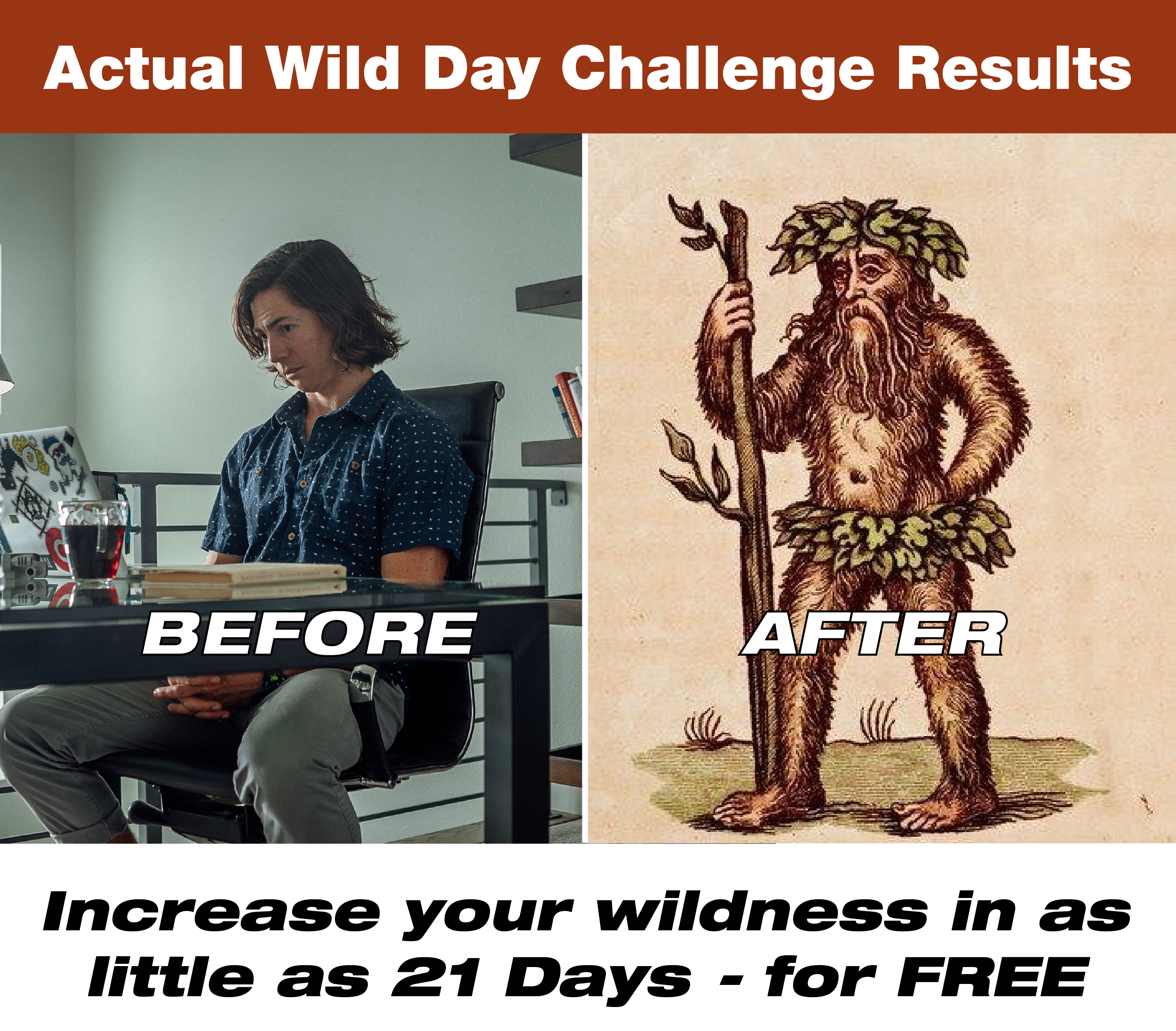Happy Spring, League of Wildness! (or happy autumn for anyone way down south!)
This past Sunday, March 20th, marked the vernal equinox, AKA the first day of spring. It marks one of two days each year where the daylight and darkness are evenly split at 12 hours each in most locations. The other day would be the autumnal equinox or the first day of fall. The equinoxes and solstices are my favorite days of the year because they are a great reminder of how connected we remain to the cycles of the planet and how much our bodies still rely on them. I always celebrate those days by spending time in the woods, and on Sunday I napped on the snow-free, south-facing shore of a frozen lake and soaked in the sunshine.
Throughout most of human history, our lives were lived in conjunction with the planet’s cycles of light and darkness. Most of us grew up in a world of constant light where we never had to adjust to shifting light levels through the day. If it gets dark while we are still working, we turn on the lights. When we relax in the evening we turn on the TV or sit with our devices. Rather than adjust to naturally changing light levels, we force our bodies to absorb endless amounts of “fake” light, and increasingly, studies are demonstrating that those impacts are detrimental to our circadian rhythms. When those rhythms get out of whack, it can cause diabetes, obesity, hormone imbalances, and even cancer.
Circadian rhythms are processes within our bodies that work in conjunction with our hormones to time the processes our body performs throughout a 24-hour period. Our bodies cannot do everything at the same time, so those many processes are generally divided up into some that happen during the day and others during the night, matching the planet's light and dark cycles. Most of the information that we have from studies is about sleep patterns, but we are learning that other processes, including our metabolism, are heavily influenced by circadian rhythms. Our body maintains an internal clock that impacts not only when we should sleep and wake, but can help determine optimal times to eat meals, perform workouts, and even tap into creative juices. Not surprisingly, the human biological clock ticks almost exactly on a 24-hour cycle, just like the planet, and that clock is vitally important to our health.
Dr. Satchin Panda, who wrote “The Circadian Code,” noted, “Circadian rhythms are regulated in humans in 2 ways: by exposure to light and by clock proteins that are present in nearly every cell and provide a rhythm that is based on a 24-hour day.” Almost all human cells have circadian regulatory genes, as do plants and animals.
Sleep and Light
This area has been well-researched so we understand better how our bodies function within Earth’s light and dark cycles. Numerous studies have shown that when people lack proper sleep or even lack the ability to sleep at the proper time of day (for example those who work night shifts) it can impact their health. This has a lot to do with our circadian rhythms being regulated by the right type of light exposure.
When darkness falls, our bodies begin producing melatonin. At the same time, our cortisol level falls to its lowest levels of the day. Melatonin’s job is to make us tired so that we want to sleep. However, many of us disrupt this process by turning on the lights as soon as it starts to get dark. In addition, most of us turn on computers, TVs, or other devices that emit blue light, which tends to cause more disruption to our sleep hormone production. Sleep problems have been linked to cancer, obesity, type 2 diabetes, and cardiovascular disease. As a side note, if you are under chronic stress, your cortisol may not down-regulate at night as it should, leading to further sleep disruption. If you experience chronic stress, it is vital to find a means to manage it. Getting outside while also getting in a workout is one of my favorite stress relievers! Just sitting at the base of a big tree or the top of a waterfall is effective as well.
On a related note, the US Senate recently passed a bill to set our national clock permanently to Daylight Savings Time. While I am a fan of ending the tradition of changing clocks twice a year, setting it permanently to DST actually goes against our natural biological clock and is likely to cause complications such as more car accidents, and more heart attacks which we already see during the time changeover. We would be better off, biologically speaking, sticking with standard time rather than Daylight Savings Time. According to the American Academy of Sleep Medicine, standard time more closely matches our natural internal clock. Daylight savings time results in too much darkness in the morning and too much light in the evening, disrupting both the processes of normal waking and sleeping but also eating times. Staying in DST where I live will mean the sun will not come up until 9 am from November to late February, as an example. That is a lot of time to be in the dark long past when we normally wake up and start moving around.
In short, your body needs the right amount of sleep at the right time to function optimally and it takes its cues from the planet’s light and dark cycles. The closer we can live to those cycles, the better off our internal clock is, and the healthier we can be. Modern life doesn’t make this very easy. 80% of people on the planet live in areas of high ALAN, or Artificial Light at Night. I am lucky to live on the border of the Boundary Waters Canoe Area Wilderness, or BWCA, in far northern MN. The BWCA has been designated a Dark Sky Sanctuary, meaning it experiences levels of darkness rarely seen in today’s world due to its remoteness and the protection it receives from development. It is a delight to spend nights in the BWCA. I highly recommend checking out the resource section below to find a Dark Sky Park or Sanctuary closer to you and do some camping there! You’ll likely notice how quickly your body adapts to going to bed when it is dark and waking up with the sun, with no effort required.
We talk frequently about the importance of exposing your body to sunlight and the benefits it has. But I also believe in purposely exposing your body to darkness. When you have the opportunity to immerse in both the height of sunlight and the depths of true darkness, the body shifts quickly to living within those cycles.
Darkness offers a more obvious end to the day the same way that sunlight signals the beginning. Darkness also requires us to engage senses we use less frequently, improving proprioception. During the day we spend most of our time being sight-focused. But in the dark, we have to use our other senses more which can result in benefits to our neuromuscular systems by offering challenges they rarely get. Moving in darkness, even on a sidewalk, means your body has to put more effort into stabilization. It also allows you to feel into what your body is doing versus looking, which is something we rarely do even though our bodies receive huge amounts of input from the world around them that we miss by focusing only on sight. Being in the dark while outdoors feels very different than urban darkness which is disrupted by always-on business and street lights. It can be an adventure to find your way to the “bathroom” in the pitch-black forest!
I did a deep-dive into sleep several weeks ago. If you miss any of our weekly emails and want to catch up, we are adding them to the Wildest Blog Online on our website!
Metabolism
As noted earlier, the second method by which our bodies regulate circadian rhythms is via clock proteins present in most of our cell types. This is a far-reaching implication and suggests our understanding of the full impact our internal clock has on our health is still quite limited.
Most animals on the planet follow a natural cycle of eating during either the light or dark period of the day and fasting and resting for the other portion. However, humans removed themselves from that pattern with the invention of artificial light and electricity, allowing us to easily source food around the clock. In addition, we added jobs that required working during hours we had previously slept. Wan-Ju Cheng and her colleagues found in their cohort study (linked below) that “Working at times other than daylight hours negatively impacts health outcomes, including a 66% elevated risk of obesity and a 57% elevated risk of metabolic syndrome.”
A recent study by Jennifer Kaczmarek et.al. suggests that these negative outcomes are likely linked to the health of the gut microbiome, which relies on healthy circadian rhythms. But this relationship works both ways, as it also appears a healthy gut biome helps to maintain our circadian rhythms. It appears that our gut bacteria also function on diurnal patterns, meaning when we feed them via eating we can change how they behave for better or worse.
Workouts
The clock genes in our cells are impacted by our circadian rhythms but also influence them directly. If your rhythms are off, exercising at the right time of day can help to return things to normal. For example, if you cannot fall asleep until 2 am every day, getting in a good strength workout in the afternoon can help reset that clock gene in just a few weeks. If you find yourself dragging throughout the day, get your cardio workout done first thing in the morning between 6 and 9 am, most ideally outdoors! Strength and flexibility are the most beneficial between 1 and 4 pm for most people with healthy rhythm patterns.
There is a big caveat here. Many of us are not free to simply work out whenever we want. We have jobs, families, appointments, and social lives that dictate our schedules. Doing a workout is always better than skipping a workout, no matter what time of day happens to be ideal for you. Get creative! Years ago I worked in a call center and had a co-worker who did pushups when he had to wait on hold and another who ran stair sprints on his 15-minute breaks. Where there is a will, there is a way!
So, after all that science stuff, what can you do to help your internal clock stay in balance?
1. Spend lots of time outside. Nothing regulates our circadian rhythms like exposing our bodies to natural sunlight and natural darkness. As Dan mentioned last week, even 10 minutes can make a difference! There really is no limit, the more time you can spend outdoors the more benefits there are.
-
Maintain your daily schedule as close to natural patterns as possible: Don’t stay up too late. Get up near sunrise. Consume the majority of your food during daylight hours to allow for a lengthier fasting period. Interestingly, the rise of information surrounding Intermittent Fasting also strongly supports this method.
Note: Modern life doesn’t allow us a lot of wiggle room sometimes. Just do the best you can. In the winter, our dinner is long after the sun goes down. Of course, in the summer, you have more hours to spends eating while following this “rule.” There’s a good reason for that! We are typically more active in the summer months and have an ample supply of fresh, in-season foods to fuel those extra hours. But remember that just because it isn’t dark until 10 pm doesn’t mean you should give yourself permission to spend all day working at a desk snacking on candy bars and soda, and all evening sitting on the deck drinking margaritas and eating chips. The increased light and food availability ideally coincide with putting in extra physical work, so get in some additional outside time and take a hike, go for a swim, a long walk, mow the lawn, or weed the garden.
- Eat food as close to its natural source as you can. Calories are a measurement of energy. Plants basically transform sunshine into caloric energy we can use to fuel our bodies. The same goes for the animals that we consume that eat those plants. Focus your nutrition on plants and animals that eat their normal diets – not factory-farmed animals fed unnatural diets. If you can score some fresh fish or game meat, even better! The suggestion to shop the outer perimeter of the grocery aisles is a good one to keep in mind. That is where you tend to find your produce, meat, fish and seafood, and dairy. You won’t go home with Cheetos if you don’t go into the aisle, ha! My other shopping tip is to never shop hungry.
-
If you have the freedom, structure your workouts throughout the day. Get in a brisk walk, jog, or hike first thing in the morning, ideally outdoors. Aim to hit strength training in the afternoon. Flexibility is great for the evening when body temp can tend to be warmer and it also helps relax the body for sleep. But above all, exercise whenever you can.
- Go for a walk after dark in an area away from streetlights and leave your flashlight off. Feel how much your body changes when you lose even some of your sense of sight.
- Look what devices are putting out light in your bedroom and consider fully turning them off or unplugging them. Or at least cover the LED lights with a small piece of duct tape. Even though they seem small, the lights are strong and several of them on all night long can actually be enough for your body to detect the light and disrupt your melatonin production.
- Simply pay attention to what is happening around you. You likely notice shifts in your food desires as the seasons change and it’s not a coincidence! We crave dense comfort foods when we have fewer daylight hours to pack in the calories. We start to feel for salads when spring rolls around. Chili mostly sounds unappetizing in the 90 degree July heat. Likewise, the cool crispness of a fresh salad isn’t often on our minds in January. The more time you spend outside, the more in-tune your body will become to these things.
Have a wild weekend, everyone!
-Kim
Resources:
Finding Dark Sky locations throughout the world:
International Dark Sky Places
There is an interactive map on the page but it doesn’t always work and isn’t frequently updated. The list of various locations, however, is current.
Brief article that explains some of the risks of being on Daylight Savings Time:
5 Weird Effects of Daylight Saving Time | Live Science
Mayo Clinic information on the link between sleep and type 2 diabetes
An emerging connection between circadian rhythm disruption and type 2 diabetes mellitus - Mayo Clinic
Impact of indoor lighting on human circadian rhythms
Light and Life at Night as Circadian Rhythm Disruptors
This is a lengthy article, but very interesting and covers a lot of facets, including the impact of constant electronic device input, shift work, and jet lag.
Review of the impact circadian rhythms have on the gut microbiome
Complex interactions of circadian rhythms, eating behaviors, and the gastrointestinal microbiota and their potential impact on health | Nutrition Reviews | Oxford Academic
Cohort study by Kaczmarek et al. showing the risks associated with working overnight/shift work
Night shift work and the risk of metabolic syndrome: Findings from an 8-year hospital cohort
Why staying in Daylight Savings Time might not be good for us
American Academy of Sleep Medicine calls for elimination of daylight saving time
Article source for details on impacts to the neuromuscular system by closing your eyes (which can be extended to deep darkness as well).
Eyes-Closed Training by DeShawn D. Williams. OnFitness magazine. March/April 2022. Pages 50-55.
The Circadian Code by Dr. Satchin Panda
Highly recommend this book! Dr. Panda is one of few people studying chronobioglogy and has been involved in many studies. Many of the links above cite his work.




Leave a comment
This site is protected by hCaptcha and the hCaptcha Privacy Policy and Terms of Service apply.